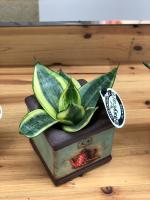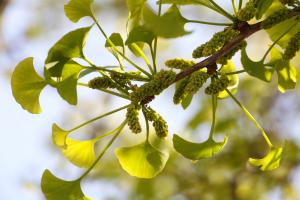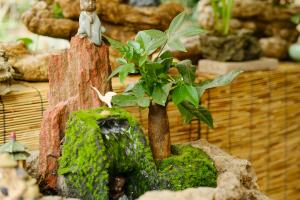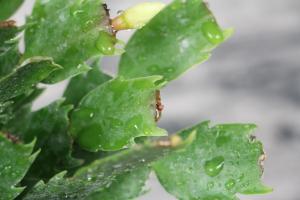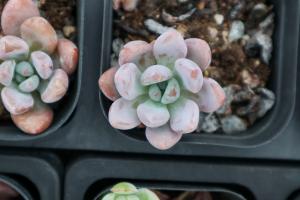When to Plant Flower Bulbs
Introduction
Planting flower bulbs is an excellent way to brighten up your garden and add some color to your home. However, planting bulbs at the wrong time can result in disappointing results. In this article, we will explore everything you need to know about planting flower bulbs, including the best time to plant them.
Understanding Flower Bulbs
Before we get into the details of when to plant flower bulbs, it is essential to understand what they are. A flower bulb is a plant that has an underground storage organ that stores nutrients and energy. Flower bulbs are available in different types, including tulips, daffodils, and hyacinths. They produce flowers in the spring, summer, and autumn, making them an excellent choice for anyone looking to add seasonal color to their garden.
Best Time to Plant Flower Bulbs
The best time to plant flower bulbs depends on the type of flower you want to grow. Generally, fall is the best time to plant spring-blooming bulbs such as tulips, daffodils, and hyacinths. Planting bulbs in the fall allows them to establish their roots before the ground freezes, and the bulb goes dormant over winter. These bulbs will then bloom in the spring, adding a burst of color to your garden.
Summer-blooming bulbs, such as dahlias and gladiolus, should be planted in the spring, after the last frost has passed. Planting these bulbs in the spring allows them to take advantage of the warm soil and long days of summer, making them perfect for adding color to your garden during the summer months.
Planting Flower Bulbs
Now that you know when to plant flower bulbs, it's time to get your hands dirty and start planting. Here are the steps you need to follow to plant flower bulbs successfully:
1. Choose the right location: Pick a spot in your garden that receives enough sunlight and is well-drained. Most flower bulbs require at least six hours of direct sunlight every day.
2. Prepare the soil: Add compost or other organic matter to the soil to improve its moisture retention and nutrients.
3. Dig the holes: Dig a hole that is two to three times the height of the bulb. For example, if your bulb is two inches tall, dig a hole that is four to six inches deep.
4. Place the bulb in the hole: Place the bulb with the pointed end facing up and the flat side down. Cover the bulb with soil and pat it gently.
5. Water the bulbs: Water the bulbs soon after planting them to help settle the soil around them.
Caring for Flower Bulbs
Once you have planted your flower bulbs, caring for them is relatively easy. Here are some tips to help your bulbs thrive:
1. Water regularly: Flower bulbs need regular watering, especially during dry spells.
2. Fertilize: Adding fertilizer to the soil will help provide the necessary nutrients for the bulb to grow healthy.
3. Deadhead spent blooms: Removing spent blooms can help keep your garden looking neat and tidy.
4. Protect from pests: Keep an eye out for pests such as rabbits, squirrels, and deer, which may damage the bulbs.
Conclusion
In conclusion, planting flower bulbs can be a rewarding experience that can bring color and beauty to your garden. Knowing when to plant flower bulbs is the first step towards success. Whether you choose spring-blooming bulbs or summer-blooming bulbs, remember to give them the right care to ensure they thrive.

 how many times do yo...
how many times do yo... how many planted tre...
how many planted tre... how many pine trees ...
how many pine trees ... how many pecan trees...
how many pecan trees... how many plants comp...
how many plants comp... how many plants can ...
how many plants can ... how many plants and ...
how many plants and ... how many pepper plan...
how many pepper plan...
